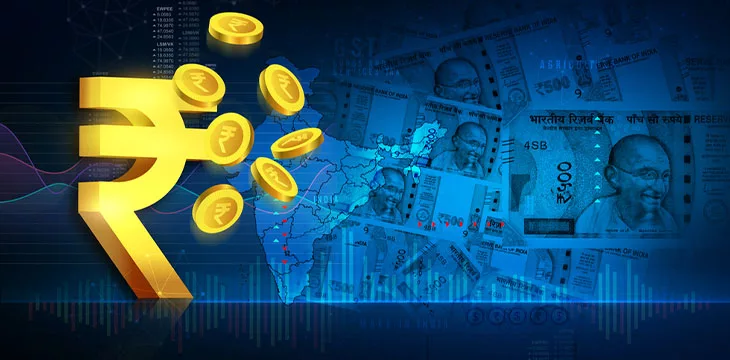|
Getting your Trinity Audio player ready...
|
Several Indian companies are developing central bank digital currency (CBDC) solutions for feature phones without internet access as the Reserve Bank of India (RBI) digital rupee pilot marches on.
Nokia’s (NASDAQ: NOK) parent company, HMD Global, Airtel Payments Bank, and digital identity firm IDEMIA have confirmed their intention to develop an offline payment feature for the digital rupee. The proposed offering is expected to onboard millions of Indians without internet access while providing alternatives to individuals with smartphones with intermittent internet access.
The participating firms stated that the offline payment functionality will play a key role in improving India’s financial inclusion metrics. Currently, plans are still in the early stages, with participants expressing optimism for a commercial launch in the coming months.
“We are confident that once we move from the design phase and launch the solution commercially with all required approvals, it will play a pivotal role in advancing the accessibility of financial services,” said Prasad Routray, Corporate Business and Alliances Head, Airtel Payments Bank.
Since HMD Global is a significant player in the joint venture, there are fears that the offline payment functionality could be limited to only Nokia devices. Nokia controls 11% market share in India, which analysts say could result in millions of non-Nokia users sidelined from the offline feature.
The trio of firms are focusing their attention on feature phones and offline CBDC payments on the grim trend of slowing internet adoption levels. According to a recent BBC report, only 35 million Indians made the leap from feature phones to smartphones in 2022 compared to the over 60 million in the years leading to 2020.
Experts cite the rapid decline on soaring phone prices, a weakening rupee, and supply chain disruptions, with the second-hand smartphone market facing significant strains.
“This is a real cause of concern,” said Navkendar Singh, Associate Vice President of International Data Corporation (IDC). “The world’s second-largest mobile phone market has a smartphone penetration which is nowhere close to China, which has the largest market.”
Pundits have pointed out that the lack of internet access hinders millions of Indians from gaining from a range of government benefits, including vaccines and rations.
RBI schemes for digital rupee adoption
The RBI is exploring several options to improve the adoption figures of the digital rupee. The banking regulator wants commercial banks to integrate the digital rupee with the Unified Payments Interface (UPI) via QR codes to attract new users, according to insiders.
At the moment, daily digital rupee transactions hover around the 18,000 mark. Still, the central bank is eyeing at least 1 million CBDC transactions each day by the end of the year. Plans to deploy the digital rupee for cross-border payments, securities, and credit for small and medium enterprises (SMEs) could trigger greater adoption levels for the retail CBDC.
To learn more about central bank digital currencies and some of the design decisions that need to be considered when creating and launching it, read nChain’s CBDC playbook.
Watch The Bitcoin MasterClasses: Building CBDC systems on Bitcoin

 12-14-2025
12-14-2025 





